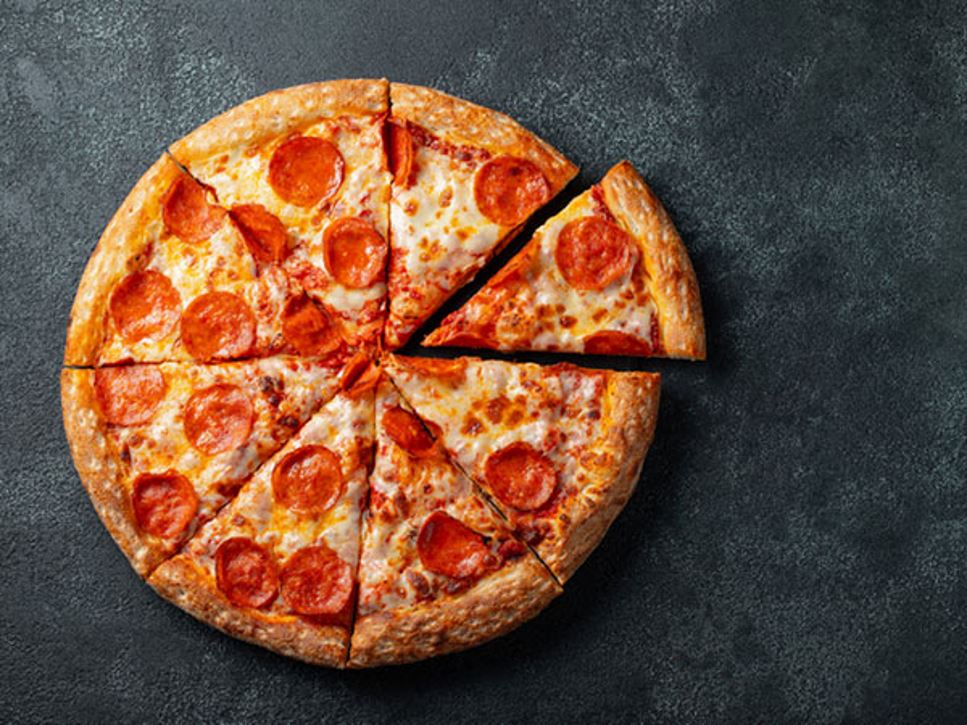Sodium is a mineral found in many foods. Your body needs sodium for normal muscle and nerve functions. It also helps keep body fluids in balance. Most table salts are made from sodium chloride. So, salt used when preparing or flavoring foods usually contains sodium. And, health care providers often use the words sodium and salt interchangeably.
Is Sodium Bad?
Though you need some sodium, when it comes to this mineral, too much may be bad for your health. Regularly eating high-sodium foods can cause your body to retain excess water. And, because of this extra body water, your organs have to work harder. This increases your risk for high blood pressure, which can harm your heart and kidney function.
How Much Sodium Do You Need?
An adequate intake of 1,500 milligrams of sodium per day has been established for adults, but most people consume more than that amount. The typical American diet contains more than 3,400 milligrams of sodium. Most of that sodium comes from a combination of eating out and packaged convenience foods. Adding more salt at the table adds to high intakes of sodium — 1 teaspoon of salt has 2,300 milligrams of sodium. If you are 14 or older and consume more than 2,300 milligrams of sodium per day, the current health recommendation is to cut back on your daily intake of sodium.
What Foods are High in Sodium?
Some foods naturally contain sodium. Others have added salt — and foods with added salt usually contain higher amounts of sodium, so check the Nutrition Facts label and look for options that are lowest in sodium.
Foods that Contribute the Most Salt
A limited list of foods account for the majority of sodium consumed in the United States. Examples include:
- Mixed dishes including pizza, sandwiches, burgers, burritos and tacos
- Processed meats such as bacon, sausage, lunch meats and hotdogs
- Breads and rolls or grains that include sauces or seasonings with salt
- Canned vegetables, soups and frozen dinners
- Snacks, including chips, pretzels and crackers
- Condiments, including salad dressings
Dining Out
Most restaurant foods are high in sodium. This includes both fast food chains and fine dining options. Before you go out to eat, check to see if the restaurant has nutrition information posted on their website. Or, at the restaurant, ask your server about lower salt options. Plus, ask for sauces and salad dressings on the side. That way you can use less of those high-salt items.
The best way to learn how much sodium is in particular foods is by reading the Nutrition Facts label:
- On the label, look for foods that are lower in sodium. Choose foods with less than 120 milligrams of sodium per serving.
- Look for the words salt-free, sodium-free, very low sodium and low sodium on the label.
- Double-check sodium content of foods with labels that read unsalted, no salt added, reduced sodium or lower sodium. These items may still be high in sodium.
Have you noticed any changes to the Nutrition Facts labels? Stay up to date on what's included on the labels by visiting the FDA website.
How to Limit Your Sodium Intake
- Include a variety of fruits and vegetables regularly:
- For frozen products, look for ones without added sauces or sodium.
- If choosing canned vegetables, select low-sodium or no-salt-added items. You also can rinse and drain canned vegetables to help reduce the amount of salt.
- Limit your intake of highly processed foods by cooking more from scratch:
- Choose lower sodium options for protein foods, such as fresh or frozen lean cuts of meat, chicken, seafood, eggs or dried beans.
- Skip the added salt:
- Instead of adding salt to recipes, experiment with spices, fresh herbs, lemon juice, lime juice and vinegars.
- Use a sodium-free seasoning blend.
- Buy ketchup, mustard and other condiments that are salt-free or low-sodium.
If I Take Blood Pressure Medicine, Can I Eat Whatever I Want?
No. Even if you take medicine for high blood pressure, you need to watch how much sodium you eat. Need help developing a low-sodium eating plan? Contact a registered dietitian nutritionist to develop an individualized meal plan that works for you.
References
Find a Nutrition Expert
Looking for credible nutrition information and recommendations? The Academy of Nutrition and Dietetics' network of credentialed food and nutrition practitioners are ready to help!

